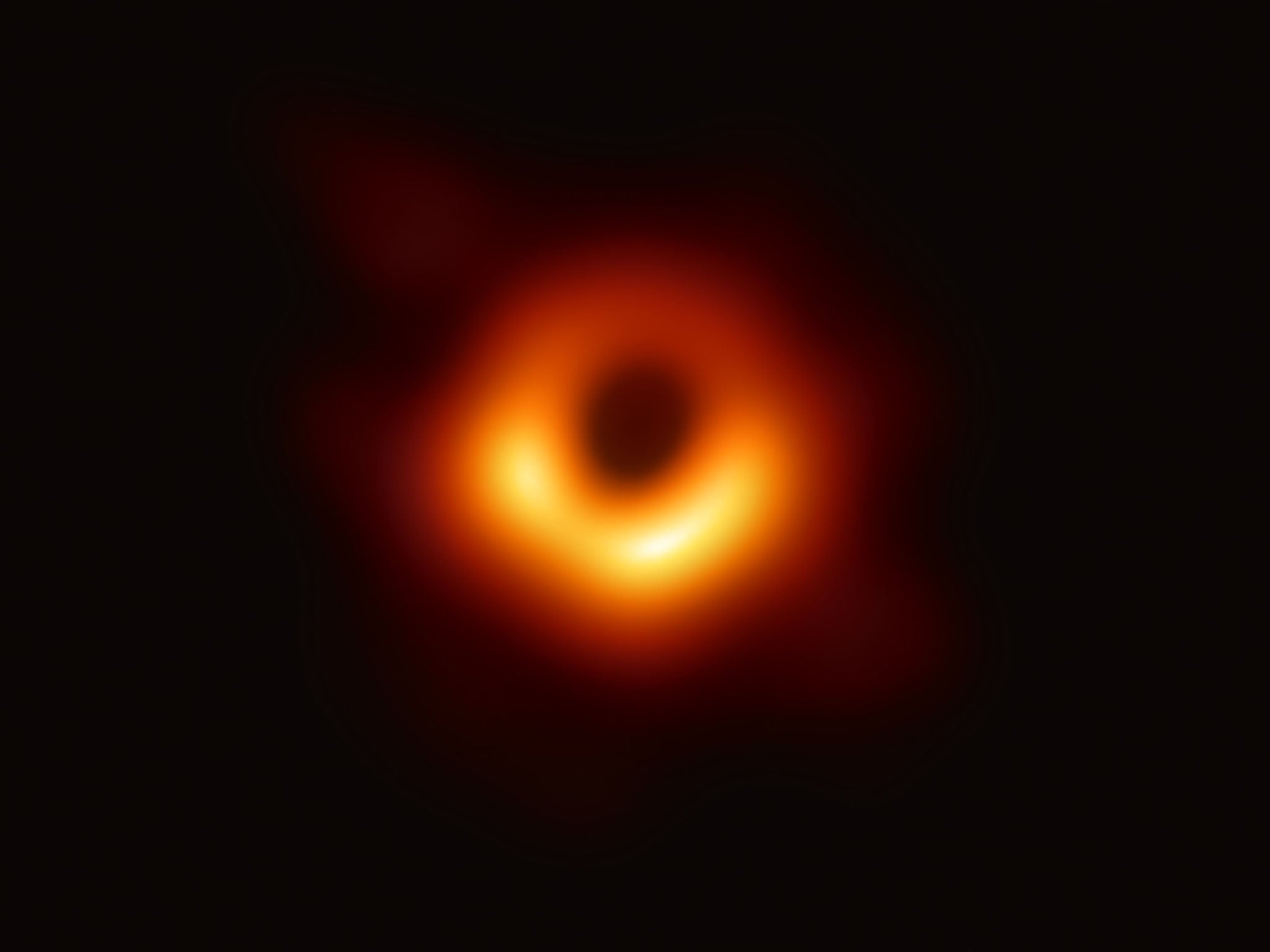Black hole suddenly disappears and reappears, amid 'totally unheard of' and inexplicable behaviour
Changes in brightness would normally be expected to take millions of years. Nasa-funded researchers say

A black hole has suddenly gone dark and then reappeared again, scientists have said.
The object's brightness swiftly changed brightness in a way that would normally be expected to take millions of years, scientists have said.
There is no obvious reason for the behaviour, which has never been seen before, they said. But it may be the result of a stray star that disrupted the black hole before it could come back again, the scientists say.
"We expect that luminosity changes this big should vary on timescales of many thousands to millions of years," says Erin Kara, assistant professor of physics at MIT. "But in this object, we saw it change by 10,000 over a year, and it even changed by a factor of 100 in eight hours, which is just totally unheard of and really mind-boggling."
Though black holes are obviously black, they can be seen by their "corona" that is found around their edge or event horizon. The corona is made up of high-energy particles that shine brightly across the universe, and are heated to intense temperatures.
Scientists speculate that corona was destroyed, with the objects falling into the black hole itself, leading to the sudden and inexplicable dip in brightness. It then managed to come back over time as the black hole pulled material back to its edge to form a new corona, almost as bright as it was before.
That could have happened when a star fell into the black hole's gravity and bounced around the swirling disc that surrounded it, causing destruction as it went. The particles would then have fallen into the black hole, leading it to go dark.
After that happened, the black hole's brightness dropped by a factor of 10,000 in a year. Such a change has never been seen before.
In the few months that followed, it began to get brighter again, as the black hole and its corona wasa reconstituted out of material pulled from the surrounding space. That, too, is an unprecedented sight.
"This seems to be the first time we've ever seen a corona first of all disappear, but then also rebuild itself, and we're watching this in real-time," Kara said in a statement. "This will be really important to understanding how a black hole's corona is heated and powered in the first place."
Nasa's groundbreaking decade of space exploration: In pictures
Show all 10The research, which was partly funded by Nasa, is described in a new paper published by in Astrophysical Journal Letters.
The scientists behind it will now keep monitoring the black hole in case even more unusual things happen to it.
"We want to keep an eye on it," Kara said. "It's still in this unusual high-flux state, and maybe it'll do something crazy again, so we don't want to miss that."
Subscribe to Independent Premium to bookmark this article
Want to bookmark your favourite articles and stories to read or reference later? Start your Independent Premium subscription today.

Join our commenting forum
Join thought-provoking conversations, follow other Independent readers and see their replies